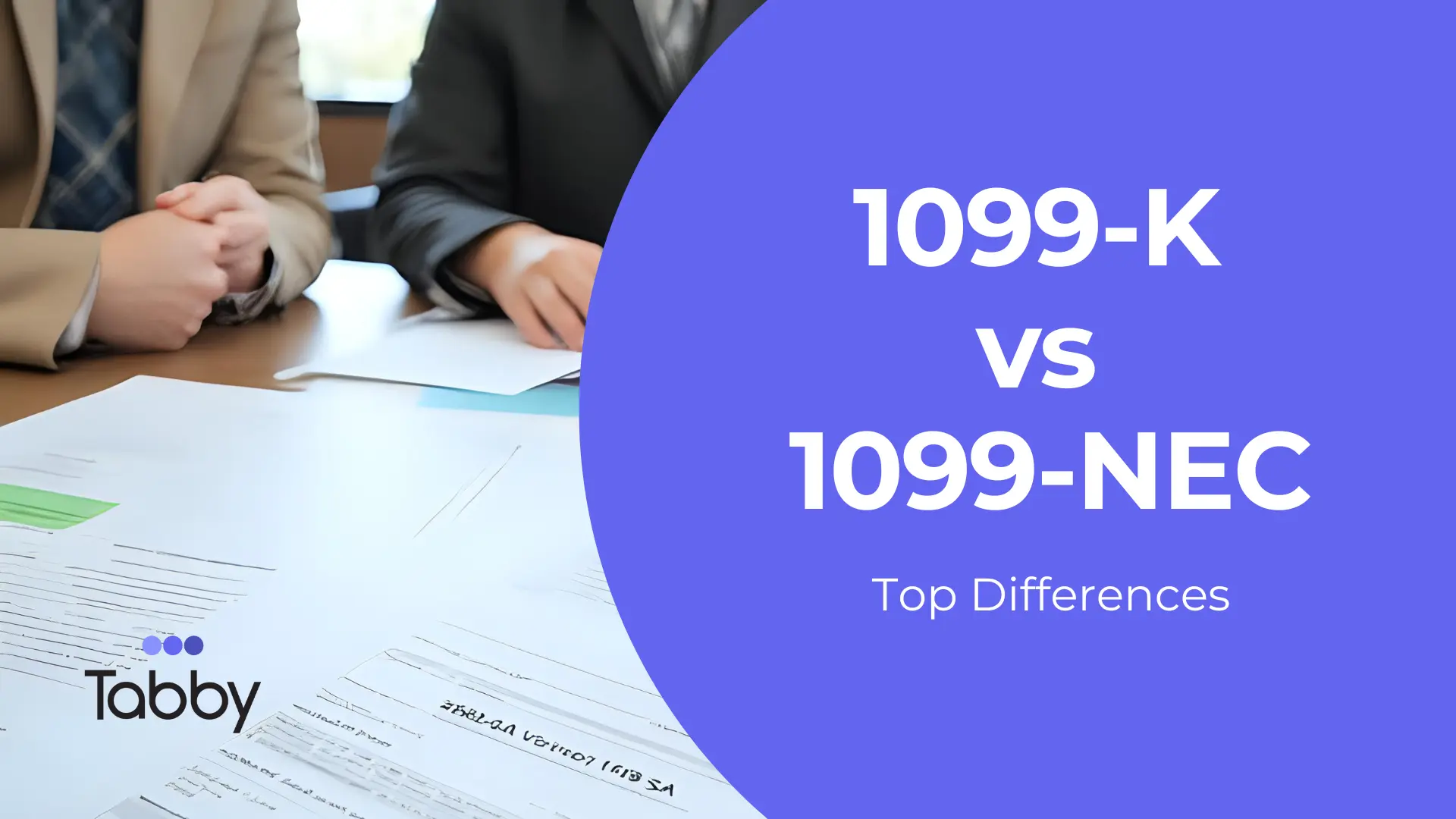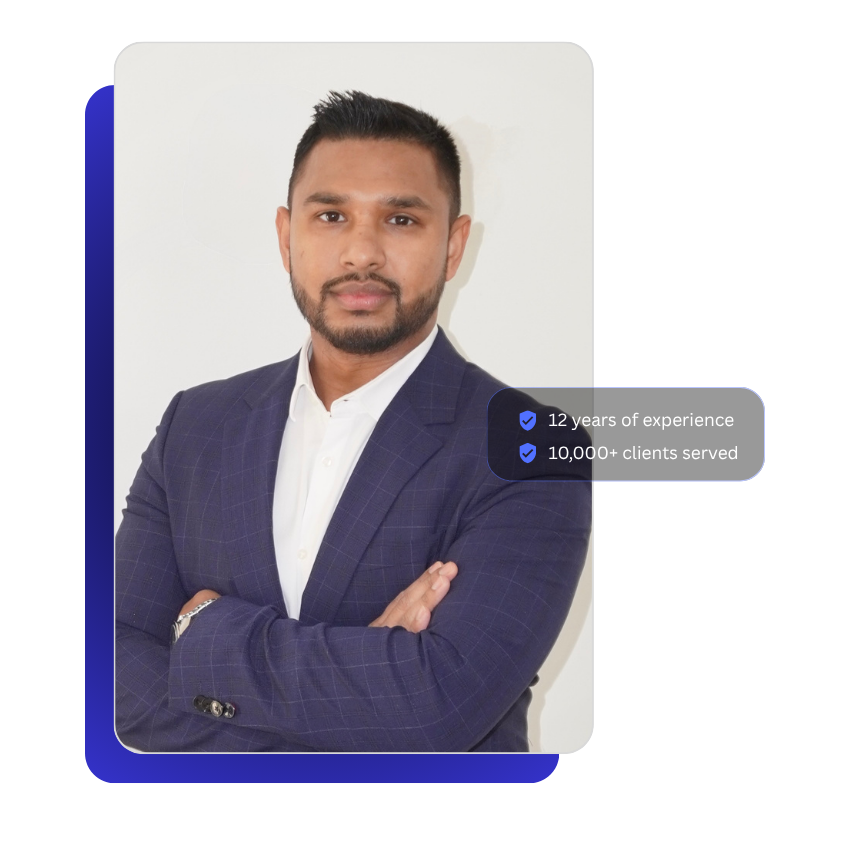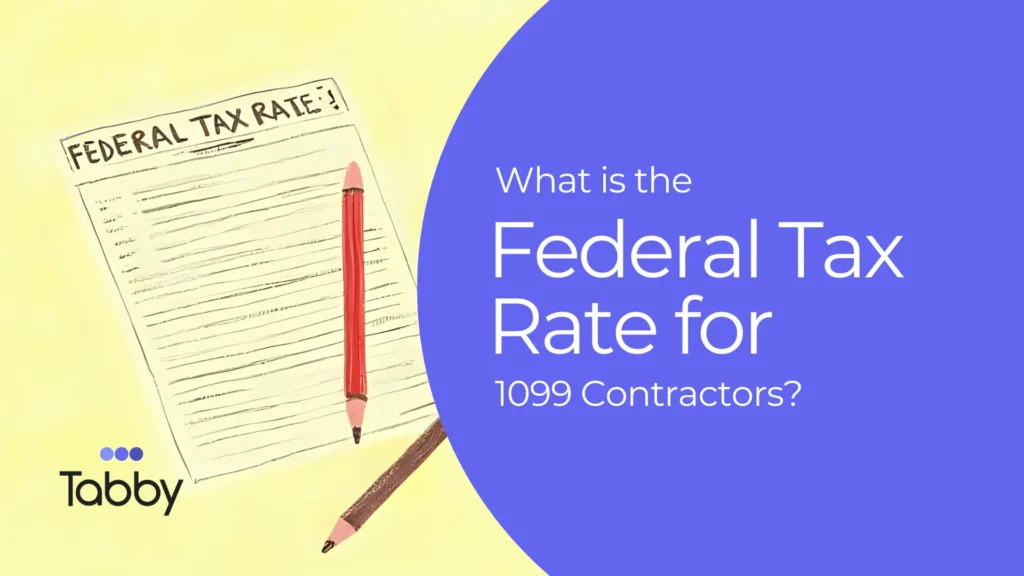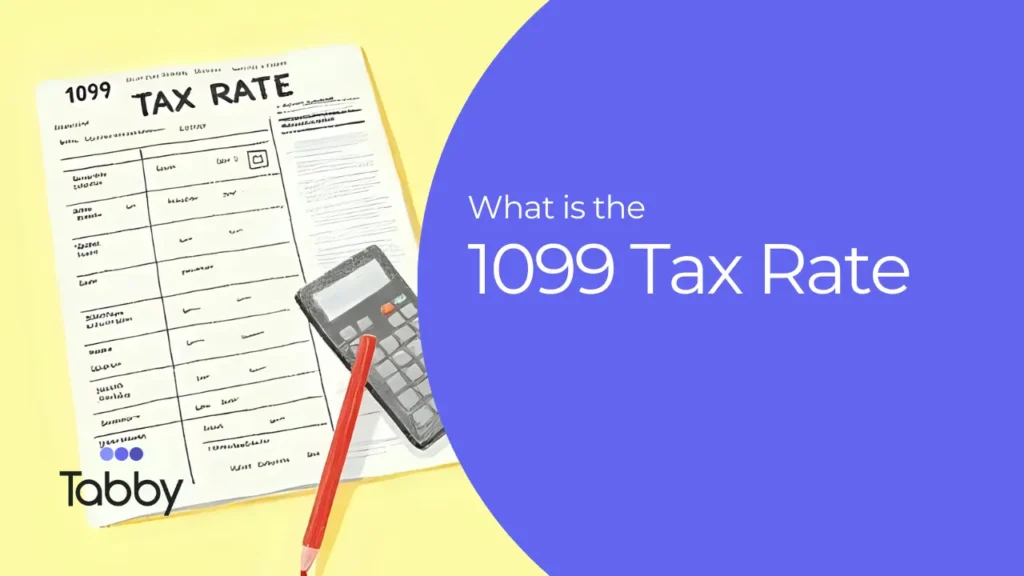- Tax Preparation,
- | October 20, 2025
1099-K vs 1099-NEC: Top Differences

One of the most common questions I get as a CPA is what’s the difference between a 1099-K and a 1099-NEC? A lot of freelancers and small business owners don’t really know the difference, and then when tax season comes they get both forms and they get confused and ask me do I report both, am I paying double taxes, why did I get two forms for the same income?
So in this blog, I want to break it down in very simple terms. What is a 1099-K, what is a 1099-NEC, when you might get both of them, and how you need to report them correctly so you don’t make mistakes and you don’t end up overpaying your taxes?
What Is a 1099-K?
A 1099-K is a form that comes from third-party payment processors. So if you use PayPal, Stripe, Square, Uber, DoorDash, Etsy, eBay, all these types of platforms are required to give you a 1099-K when you earn above the threshold.
For 2025, the threshold is $2,500, so once you cross that number, you’re going to get a 1099-K.
Example: let’s say you’re a freelancer and you get paid by clients through PayPal. You made $30,000 in the year and it all came through PayPal. PayPal is going to issue you a 1099-K.
What Is a 1099-NEC?
A 1099-NEC is for nonemployee compensation. Basically, if you’re self-employed and you did work for a client and they paid you directly, they’re required to issue you a 1099-NEC if they paid you $600 or more.
Example: you’re a graphic designer and a small business hires you to do some work and pays you $1,500 directly. At the end of the year, they’re going to issue you a 1099-NEC.
1099-K vs 1099-NEC: Key Differences
This is where people get tripped up. Let’s see why:
- A 1099-K is issued by the platform (PayPal, Stripe, Uber, etc.).
- A 1099-NEC is issued by the client or business that paid you directly.
- Both of them usually come out by January 31.
- Both of them get reported on your Schedule C attached to your 1040.
Here’s a quick side-by-side to make it clear:
| Category | 1099-K | 1099-NEC |
| Who sends it | PayPal, Stripe, Uber, DoorDash, Etsy, etc. | Clients or businesses |
| What it shows | Payments processed through the platform | Nonemployee compensation (services) |
| Threshold | $2,500 | $600 |
| Where reported | Schedule C with 1040 | Schedule C with 1040 |
| Deadline | January 31 | January 31 |
You may also want to know the difference between 1099-MISC and 1099-NEC.
Why Freelancers May Get Both
A lot of times, freelancers or gig workers will get both forms in the same year. Let’s say half your clients pay you through PayPal and the other half pay you directly. PayPal is going to send you a 1099-K for the PayPal payments, and your direct clients are going to send you 1099-NECs.
So you can absolutely get both in the same year, and that’s where people freak out because they think it’s the same money reported twice. But really, you just need to make sure you don’t double count it when you’re filing.
When Small Businesses Use These Forms
If you’re a small business owner, this is what you need to know:
- If you’re paying a contractor directly, you issue a 1099-NEC.
- If you’re paying them through a platform like PayPal or Stripe, then the platform handles it and you don’t send them a 1099 yourself.
That’s the key difference for small business owners, it depends on how you pay.
Common Mistakes to Avoid
Here are the biggest mistakes I see:
- People reporting the same income twice because they got both forms and didn’t realize it was overlapping.
- Ignoring small amounts of platform income just because no form was issued. The IRS still expects you to report it.
- Forgetting the deadline. Both forms are due January 31, and if you’re the one issuing them, you don’t want to be late.
How Tabby Helps
Most self-employed people I work with don’t have a system to keep track of this. They’re getting forms from everywhere, trying to keep them in a folder, and then at tax time, it’s a mess. With Tabby, you just connect your accounts. Tabby pulls in the income from PayPal, Stripe, Uber, DoorDash, your bank accounts, and also tracks what your direct clients paid you. It organizes all of it in one place so you don’t double count. At the end of the year, you get a report you can hand straight to your accountant or use to file your own taxes.
Conclusion
So the difference is simple:
- 1099-K is from platforms.
- 1099-NEC is from direct clients.
You might get both, and that’s normal. The key is just to report it correctly and not pay taxes twice on the same money. And if you want to make it easier, Tabby can keep track of all of it for you, so tax season doesn’t have to be stressful.
FAQ
What is the difference between 1099-K and 1099-NEC?
A 1099-K comes from a payment processor or platform like PayPal, Stripe, Uber, DoorDash, or Etsy. It shows the money that went through their system to you. A 1099-NEC comes directly from a client or business that paid you $600 or more for services. So 1099-K = payments through a platform, 1099-NEC = direct payments from clients.
Why did I get both forms?
You can get both if some of your clients paid you directly and others paid you through a platform. For example, you might get a 1099-NEC from a company you did design work for, and a 1099-K from PayPal for the payments you collected through there. It’s normal to have both in the same year.
Do I need to report the same income twice?
No. You only report the income once, but you have to make sure you don’t double count it. That’s the mistake a lot of people make when they see two forms. The IRS also gets a copy of both, so you need to report all the income, but just make sure you’re not adding the same dollars twice.
How can Tabby help track income from 1099-K and 1099-NEC?
This is where Tabby saves a lot of stress. It connects to your accounts and pulls in all the income from platforms like PayPal or Uber, and also the direct payments you got from clients. It puts everything in one place so you don’t get confused or double-count. At the end of the year, you’ve got one clean report that lines up with your tax forms, and you can file your taxes without the headache.




